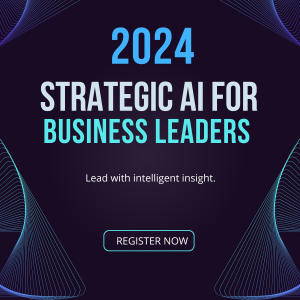AI GLOSSARY - A
A way of thinking where you start with an observation and then look for the simplest and most likely explanation for it.
This measures how often an AI system makes the correct decisions or predictions, considering both successful and unsuccessful outcomes.
In a neural network (a type of AI model), this function decides whether a particular neuron should be activated, influencing the final output of the model.
A strategy where the AI model chooses the data it learns from. This can make the learning process more efficient, especially when data is limited.
A method that combines several simple models into a single composite model to improve the accuracy of predictions.
A technique where AI systems are trained to fool other models by creating deceptive inputs to test their ability to withstand attacks.
In AI, an agent is something that senses its environment and acts upon it to achieve specific goals.
Specialised hardware designed to speed up AI tasks, particularly in training and running neural networks.
This area of study deals with the moral issues and societal impacts of artificial intelligence, including fairness, transparency, and the right to privacy.
A specific set of instructions for solving problems or performing tasks, which AI systems use to process data and make decisions.
This occurs when an AI system repeatedly and systematically produces unfair outcomes, such as favouring one group of users over others.
A software program made by DeepMind to play the board game Go, notable for being the first to beat a world champion at this complex game.
This type of AI makes environments smarter so that they can respond to the needs of people in a sensitive and adaptive way.
A form of computing that uses continuous signals to represent data, as opposed to binary signals used in digital computing.
The process of identifying unusual patterns or outliers in data, which are significantly different from what is normal.
A system inspired by the human brain that processes information through interconnected nodes or neurons.
A set of tools and rules that allow different software applications to communicate with each other.
The ability of machines to mimic human cognitive functions like learning from experience, solving problems, and making decisions.
A technique in AI that enables a model to focus on specific parts of the input, useful in tasks like translating languages or recognising images.
Combining human and artificial intelligence where both complement each other to enhance cognitive performance, such as decision-making or learning.
Technology that superimposes digital information (like images or sounds) onto the real world through a device, enhancing the user’s experience.
A type of neural network that learns to compress data (reducing its dimensionality) and then reconstruct it back to its original form.
Systems or machines capable of performing tasks on their own without human intervention.
AI that deals with understanding, recognising, and processing human emotions.
A statistical model used in forecasting that predicts future data points based on past data.




